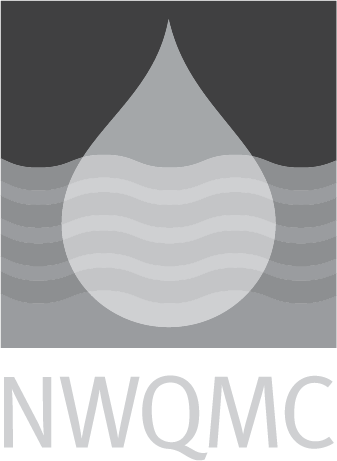EPA-NERL: 350.2 (Nesslerization): Ammonia by Colorimetry (Nesslerization)
|
Official Method Name
|
Nitrogen, Ammonia (Colorimetric; Titrimetric; Potentiometric - Distillation Procedure) |
|---|---|
|
Current Revision
| Editorial Revision 1974 |
|
Media
|
WATER |
|
Instrumentation
|
Spectroscopy (Colorimetry; Photometry) |
|
Method Subcategory
|
Inorganic |
|
Method Source
|
|
|
Citation
|
|
|
Brief Method Summary
|
A sample is buffered at alkaline pH with borate buffer to decrease hydrolysis of cyanates and organic nitrogen compounds, and is distilled into a solution of boric acid. The ammonia distillate is determined colorimetrically by Nesslerization, or by other options given in the method. |
|
Scope and Application
|
This method determines ammonia, exclusive of Kjeldahl nitrogen, in drinking, surface, and saline waters; domestic and industrial wastes. |
|
Applicable Concentration Range
|
0.05 - 1.0 mg/L ammonia as nitrogen (colorimetric) |
|
Interferences
|
(A) Compounds 1: Many aromatics, aliphatic amines, and other compounds can cause turbidity upon reaction with Nessler reagent. Distillation is used prior to analysis to reduce/eliminate interferences. (B) Compounds 2: Volatile alkaline compounds (some ketones, aldehydes, and alcohols) can effect Nesslerization. Some compounds (e.g., formaldehyde) can be removed prior to to distillation by boiling off at low pH. (C) Cyanate: Cyanate can hydrolyze during distillation. (B) Residual Chlorine: Remove residual chlorine using sodium thiosulfate. |
|
Quality Control Requirements
|
None. |
|
Sample Handling
|
Cool to 4oC, add H2SO4 until sample pH < 2. |
|
Maximum Holding Time
|
28 days (MCAWW, Table 1). |
|
Relative Cost
|
Less than $50 |
|
Sample Preparation Methods
|




